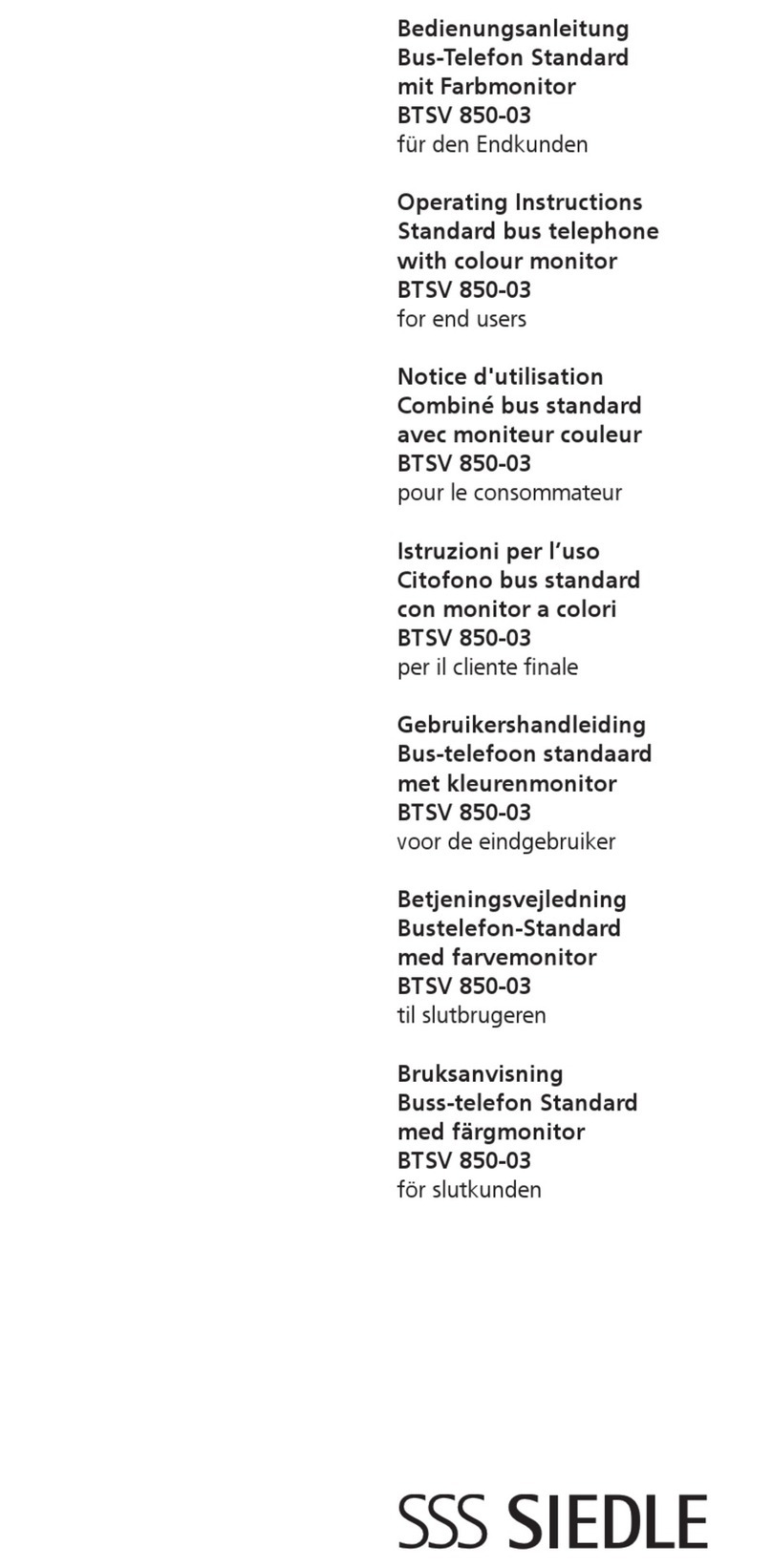
Table of Contents
FCC Statement............................................................................................................................4
General........................................................................................................................................4
Document history........................................................................................................................4
Description..................................................................................................................................4
Audio grounds.........................................................................................................................6
Audio wiring from A16 to CO microphone input..................................................................7
Audio signal flow during transmit............................................................................................9
Dual circuit intercom...............................................................................................................9
PTT behavior...........................................................................................................................9
arker beacon receiver........................................................................................................10
Power supply........................................................................................................................10
Digital control interfaces.......................................................................................................10
Audio input specifications.....................................................................................................10
Audio output specifications...................................................................................................11
Audio filters............................................................................................................................11
Power supply.............................................................................................................................11
Power supply fusing and protection......................................................................................11
Environmental qualification matrix............................................................................................12
A16 Connector pinout, Power side...........................................................................................14
A16 Connector pinout, Audio side.............................................................................................15
Typical connection diagrams.....................................................................................................16
Noise canceling inputs – how they work...............................................................................18
Control heads and options........................................................................................................20
Pinout for 3.18” Razor Intercom control head......................................................................20
Razor A16 head........................................................................................................................21
Using the A16 intercom.............................................................................................................22
Setting the volume................................................................................................................23
Audio configuration options:.................................................................................................23
Audio signal level controls....................................................................................................23
Bluetooth connectivity...............................................................................................................24
Bluetooth pairing...................................................................................................................24
Setting up microphone inputs...................................................................................................26
Adjusting VOX: .....................................................................................................................27
Adjusting Input sensitivity:....................................................................................................27
Setup of audio sources.............................................................................................................27
Assigning names to inputs....................................................................................................29
The Intercom iscellaneous menu...........................................................................................31
Signal Check.............................................................................................................................32
The Head enu........................................................................................................................33
Edit phonelist........................................................................................................................33
Set Backlight.........................................................................................................................33
Inputs....................................................................................................................................33
About.....................................................................................................................................33
A1/A2....................................................................................................................................34
aking a phone call..................................................................................................................34
The phone list............................................................................................................................36




























